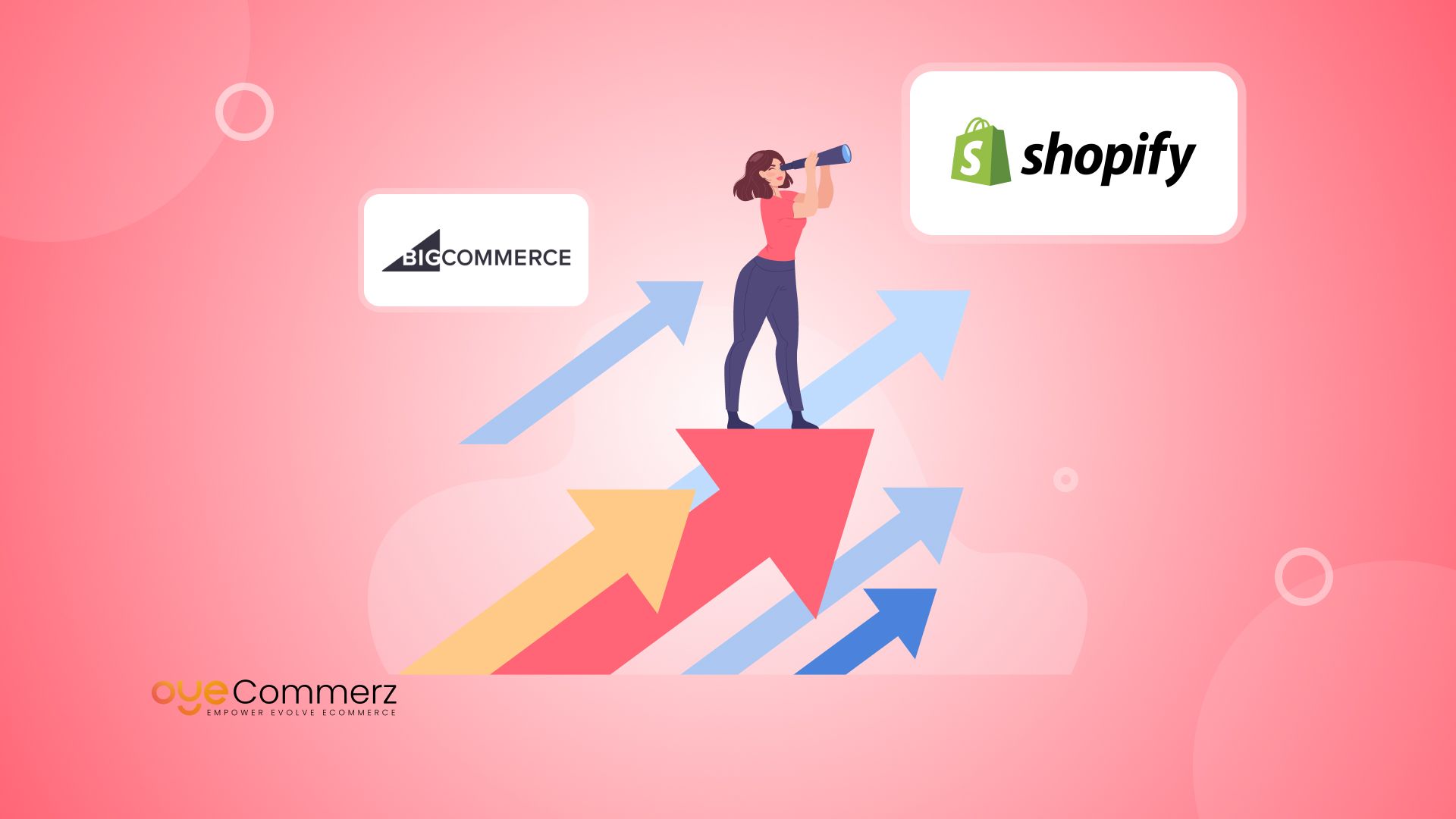Transitioning from WP to Shopify marks an exciting step in optimizing your e-commerce processes. As businesses expand, choosing a solution that aligns with scalability, UX, and flexibility becomes crucial. Shopify is widely recognized as a favorite for e-commerce professionals, offering superior flexibility, data protection, and ease of use. In this guide, we’ll explore the transformative impact of this migration, discuss the advantages, and share practical tips to facilitate a seamless transition.
1. Top Reasons to Transition from WP to Shopify
WordPress, paired with WooCommerce, continues to support countless online stores. However, as companies expand, challenges like reliance on plugins, data risks, and technical complexities can hinder progress. Shopify, specifically created for digital retail, eliminates these concerns with an all-in-one, user-friendly solution. Statistics supports this shift—Shopify hosts over 4.4 million stores globally, with a reported 10% increase in sales conversion rates for numerous merchants after migration.
2. Key Benefits of Shopify for E-commerce Success
Shopify’s robust ecosystem caters for scaling businesses. Its standout features include:
- Effortless Design Flexibility: Shopify offers over 80 expertly crafted themes.
- Integrated Tools: Capabilities such as Shopify Payments and integrated SEO streamline operations.
- International Expansion: Multi-currency support and regional customization empower brands to reach global markets.
Additionally, Shopify delivers an availability percentage of 99.98%, guaranteeing your website is always operational.
3. Getting Ready for Your WP-to-Shopify Transition
Before migrating, evaluate your existing setup. Review inventory details, customer details, and SEO performance. Tools like Shopify’s Migration Kit or third-party solutions can simplify this process. Develop a detailed strategy, ensuring all assets—product descriptions, media files, and blog content—are ready for seamless import.
4. The Importance of Accurate Data Migration
Transferring your data is a cornerstone of a smooth platform switch. When migrating from WordPress to Shopify, prioritize:
- Inventory Details: SKU, item summaries, and groupings.
- Client Information: Emails, purchase records, and preferences.
- SEO Optimization: Preserve meta tags, URLs, and forwarding paths to avoid SEO losses.
Use apps like LitExtension to streamline data transfer while minimizing errors.
5. Customizing Your Shopify Store
After the move, personalizing your Shopify store helps it aligns with your business identity. Take advantage of Shopify’s drag-and-drop editor to create layouts with ease. Shopify's templates are mobile-responsive, ensuring a smooth user experience across devices—a critical factor, given 74% of online shopping is generated by Shopify for small businesses mobile users.
6. Maintaining SEO During Migration
Search engine optimization is crucial for maintaining your online presence during migration. Shopify is highly optimized for search engines with clean URL structures, built-in optimization tools, and smooth content management. Ensure:
- Implement 301 redirects for existing links.
- Optimize new pages with targeted phrases.
- Leverage plugins like Plug in SEO to track analytics post-migration.
7. Post-Migration Testing
Once the migration is complete, run detailed checks.
Review: - Page load times (Shopify boasts faster speeds compared to WordPress).
- Payment integration reliability and transaction flow.
- Adaptability across devices.
Testing guarantees your store provides a seamless shopping experience from day one.
8. Real-Life Success Story
One such migration success story is Gymshark, a sportswear company that moved to Shopify. Post-migration, the company experienced a 60% increase Custom Shopify development in mobile sales and reduced site downtime. This showcases the potential of Shopify in driving online business success.
9. Challenges and Solutions
Migration comes with challenges, such as data integrity and reconfiguring custom functionalities. However, Shopify’s robust support and external professionals simplify the process. Partnering with experienced Shopify developers ensures a trouble-free transition.
10. Making the Switch: The First Step Toward Success
Switching from WordPress to Shopify marks a strategic decision to e-commerce. By addressing scalability, streamlining operations, and enhancing the customer experience, Shopify enables companies to thrive in competitive markets.
Final Thoughts
Transitioning from WP to Shopify offers a smart solution that can greatly enhance your e-commerce success. With a well-structured strategy, the right tools, and expert support, you can achieve new growth opportunities.
Excited to start the journey? Reach out today to learn how our Shopify migration services can revolutionize your online store. Get in touch today, or ask yourself: Can your business afford to miss out on Shopify’s growth potential?
